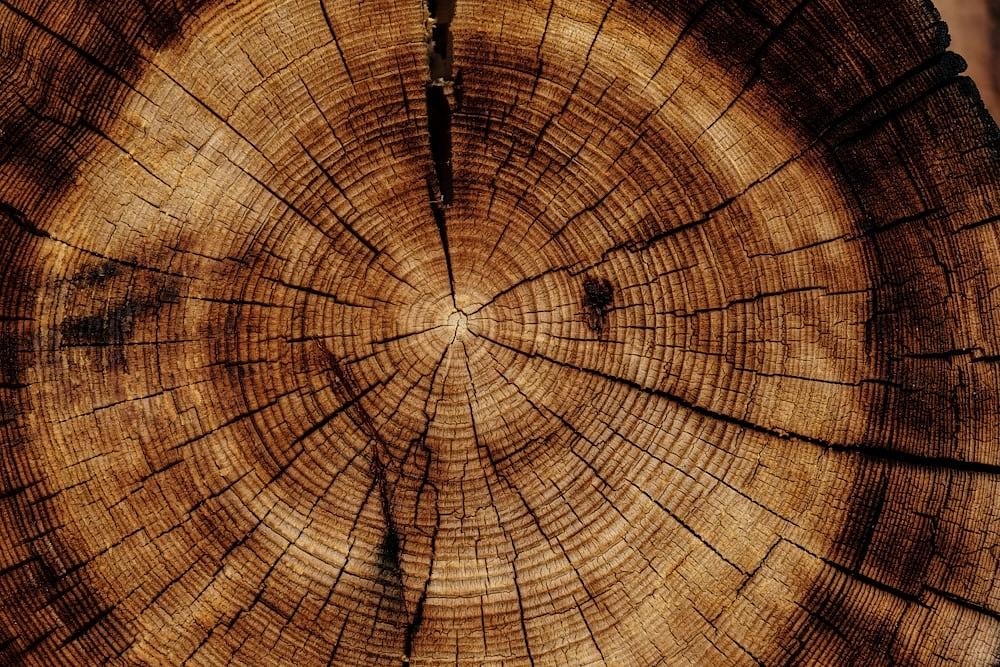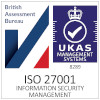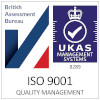Wood scanning with ADR

- Objective: Detect tree health problems such as rot, cavities, fungal infections, pest infestations, and moisture imbalance.
- Why ADR?: ADR can detect differences in electromagnetic resonance responses of materials. In trees, this means distinguishing between healthy wood, decayed wood, water-filled cavities, resin pockets, or fungal colonization.
2. Adapt ADR Hardware for Trees
- Portable Scanning Device: Miniaturize ADR transmitters and receivers for handheld or tripod-mounted operation in forests or orchards.
- Frequency Tuning: Optimize ADR frequencies to penetrate woody tissue at different depths without excessive signal attenuation.
- Multi-angle Probing: Trees are cylindrical and anisotropic; scanning from multiple angles around the trunk improves 3D reconstruction of internal structures.
3. Calibration with Biological Reference Data
- Reference Library: Build a resonance "signature" library for:
- Healthy wood of different species (oak, pine, eucalyptus, etc.)
- Known diseases (heart rot, Phytophthora, etc.)
- Stress indicators (drought, nutrient deficiency).
- Moisture Benchmarking: Since ADR is sensitive to water content, calibrate against known moisture profiles in healthy vs. stressed trees.
4. Signal Processing and Imaging
- Spectral Analysis: Extract dielectric resonance spectra from scans, highlighting anomalies.
- Tomographic Reconstruction: Use multiple scans to build a 3D internal map of the trunk/branches.
- AI Integration: Machine learning models trained on ADR + field pathology data can classify anomalies as decay, infection, or structural weakness.
5. Field Deployment Features
- Non-invasive: No drilling or coring, unlike traditional increment borers.
- Rapid Scan: Provide results in minutes for foresters, orchard managers, or arborists.
- User Interface: A tablet or mobile app could show:
- Health status indicators (green = healthy, yellow = stressed, red = decay).
- 3D heatmap overlays of internal wood health.
6. Validation and Trials
- Controlled Tests: Start with lab experiments on cut logs with known defects.
- Field Trials: Scan live trees, then compare results with traditional coring, resistograph, or ultrasound testing.
- Refinement: Adjust algorithms for different climates, species, and tree ages.
7. Potential Applications
- Urban Forestry: Identify hazardous trees before they fall.
- Timber Industry: Assess log quality before processing.
- Conservation: Monitor ancient or heritage trees non-invasively.
- Agriculture: Detect disease in orchards before visible symptoms.
✅ Adrok can leverage ADR’s electromagnetic resonance detection to differentiate between healthy and unhealthy wood tissues. With calibration, AI integration, and portable deployment, the ADR tool could revolutionize tree health diagnostics by offering a fast, non-invasive, and accurate alternative to current methods.




